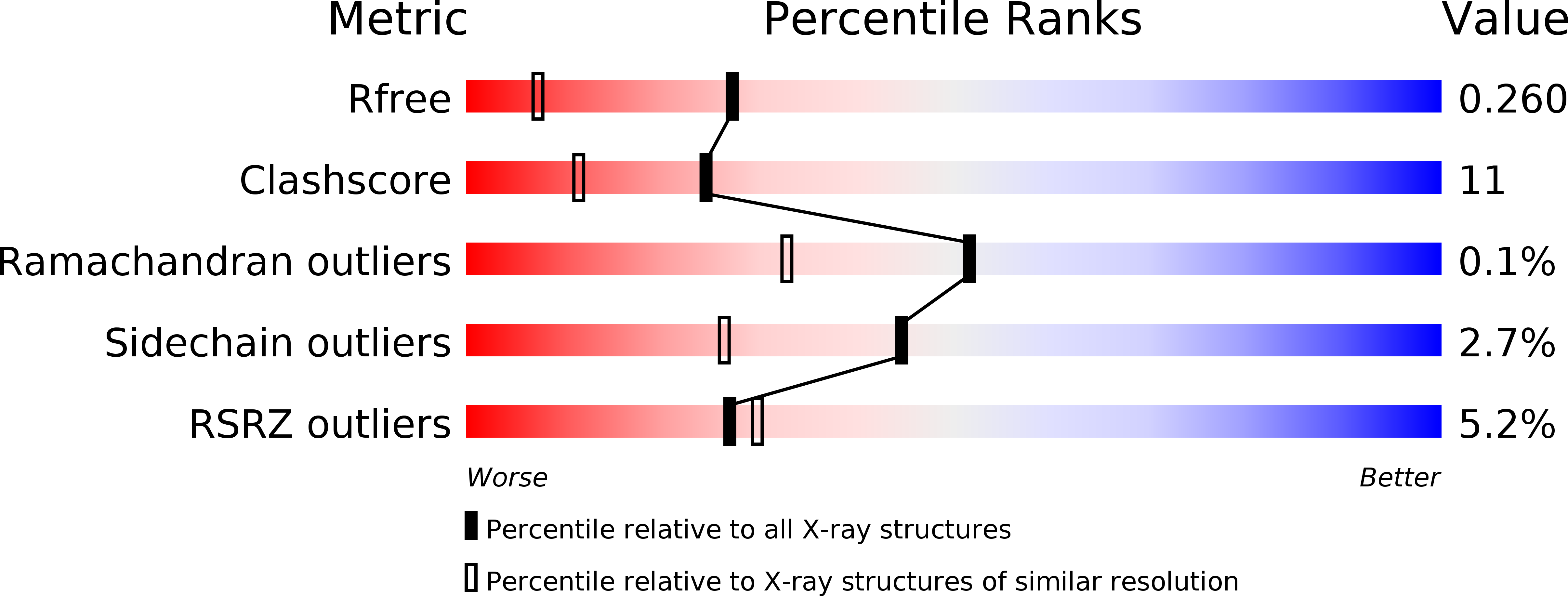
Deposition Date
2004-04-20
Release Date
2005-04-26
Last Version Date
2023-08-23
Entry Detail
PDB ID:
1T2B
Keywords:
Title:
Crystal Structure of cytochrome P450cin complexed with its substrate 1,8-cineole
Biological Source:
Source Organism:
Citrobacter braakii (Taxon ID: 57706)
Host Organism:
Method Details:
Experimental Method:
Resolution:
1.70 Å
R-Value Free:
0.26
R-Value Work:
0.22
R-Value Observed:
0.22
Space Group:
P 1 21 1


